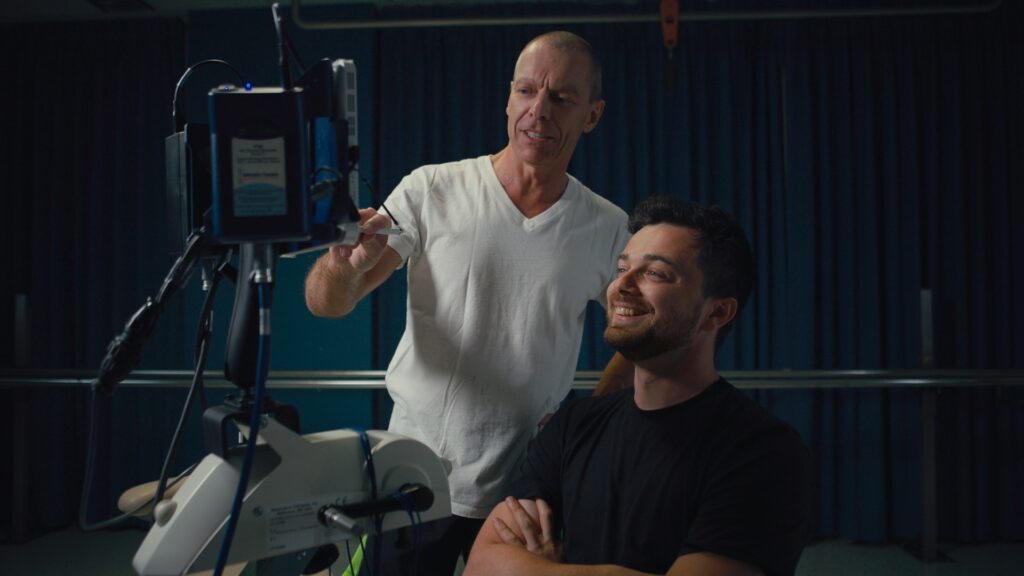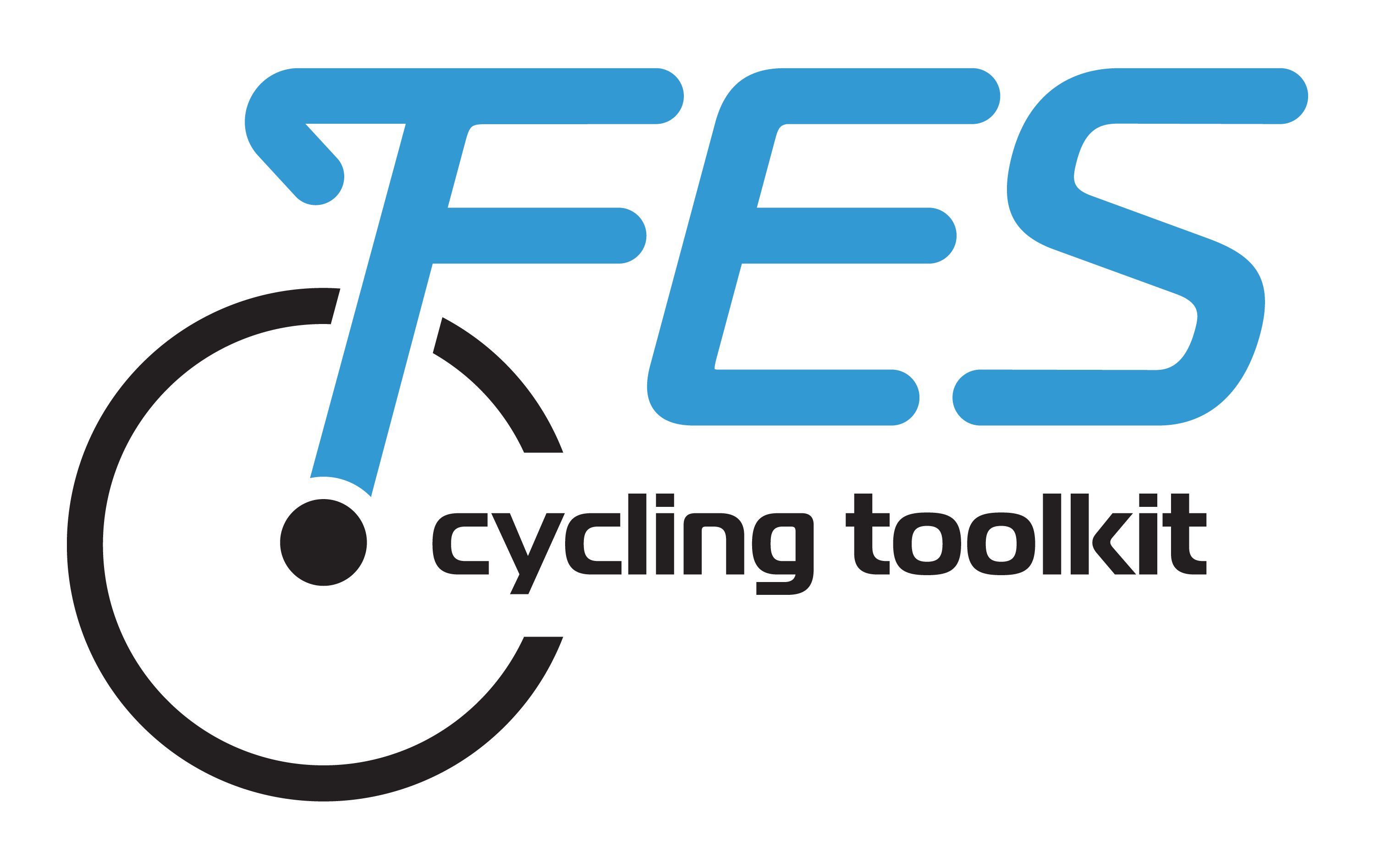Optimizing neurorecovery
The effects of cycling usually lasted two, sometimes three, days after the cycling. [The] legs were more limber, [and] spasms were not so aggressive. I think it improved overall health afterwards. And the longer in between sessions, [limbs] would get stiff, and [the] spasms [would] be more aggressive and harder to control, so [I've] definitely seen that benefit there.
Toolkit for patient and caregiver
The functional electrical stimulation (FES) cycling toolkit provides people living with spinal cord injury (SCI) and their loved ones with easy access to evidence-based material to help integrate FES cycling into acute care for SCI rehabilitation.
FES cycling uses electrical impulses to stimulate and contract muscles. In response, cycling occurs using the legs and/or arms. Earlier studies that tested FES cycling for SCI rehabilitation in acute care showed that FES cycling can prevent the loss of muscle mass, increase muscle power and decrease the rate of bone mineral density loss.
If you start to use FES cycling as early as possible, you may have the best results. People with SCI have started FES cycling as early as two to three weeks after their injury. The people who participated in the study experienced very few side effects. Not many people dropped out of these studies. Also, people living with SCI would like to start activity-based therapy (ABT), which helps recovery, as soon as possible in their rehabilitation. FES cycling is an example of this type of therapy.

- Feel happy to see the contraction of paralyzed muscles.
- Feel healthy.
- Maintain their fitness level.

